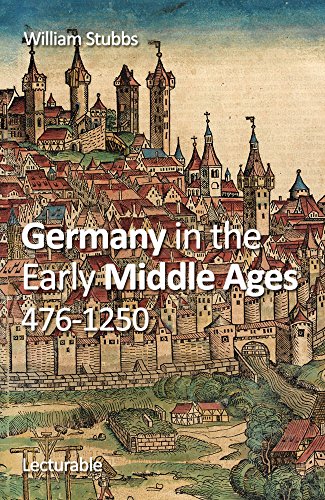Germany in the Later Middle Ages, 1200-1500
Appliances
Arts, Crafts & Sewing
Automotive
Baby
Beauty
Books
CDs & Vinyl
Collectibles & Fine Arts
Cell Phones & Accessories
Clothing, Shoes & Jewellery
Computers
Electronics
Health & Personal Care
Home & Kitchen
Industrial & Scientific
Luggage & Travel Gear
Musical Instruments
Office Products
Patio, Lawn & Garden
Pet Supplies
Software
Sports & Outdoors
Tools & Home Improvement
Toys
Video Games






![The House of Habsburg - A Short History of Austria from 1232 to 1792 [Quintessential Classics] (Illustrated)](https://m.media-amazon.com/images/I/51Wukppxz2L._SL160_.jpg)